Affiliate links on Android Authority may earn us a commission. Learn more.
HTC Desire Eye review
December 12, 2014
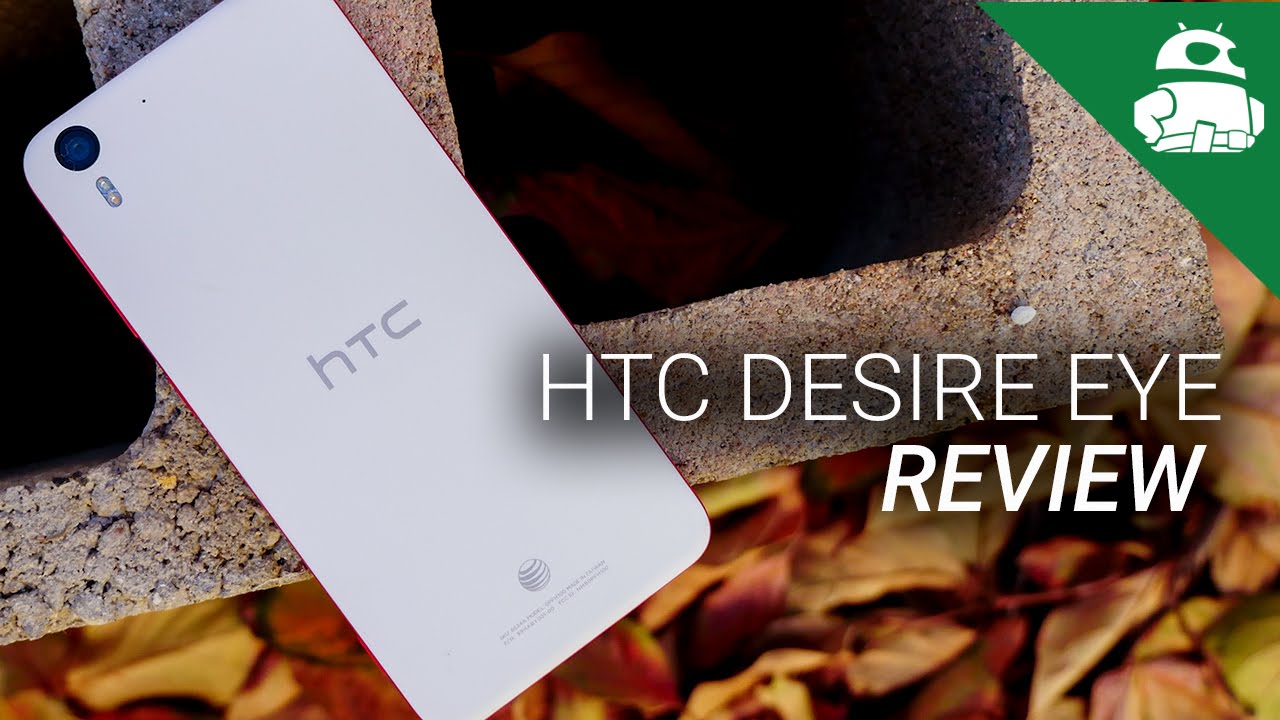
Whether you’re a fan or not, the “selfie” revolution is upon us. Countless device manufacturers are trying to find new ways to make your self-portraits even clearer, even if that means copying the rear-facing camera and pasting it on the front. This sounds like a great idea, but how does it work in real life situations? HTCthinks they have the answer with their new “selfie” phone.
HTC has certainly experienced quite a bit of scrutiny over the years for their use of UltraPixel technology in their cameras. Trying to prove themselves in the field, HTChas taken a step forward in camera technology, as well as software and hardware advancements with their most recent handsets. In their most recent foray into new camera technology, the HTC Desire Eye aims to fix all of your low-quality selfie problems.
Can HTC’s handset deliver the quality hardware, software, and camera technology that you’re looking for? Find out this, and more, in our comprehensive review of the HTCDesire Eye!
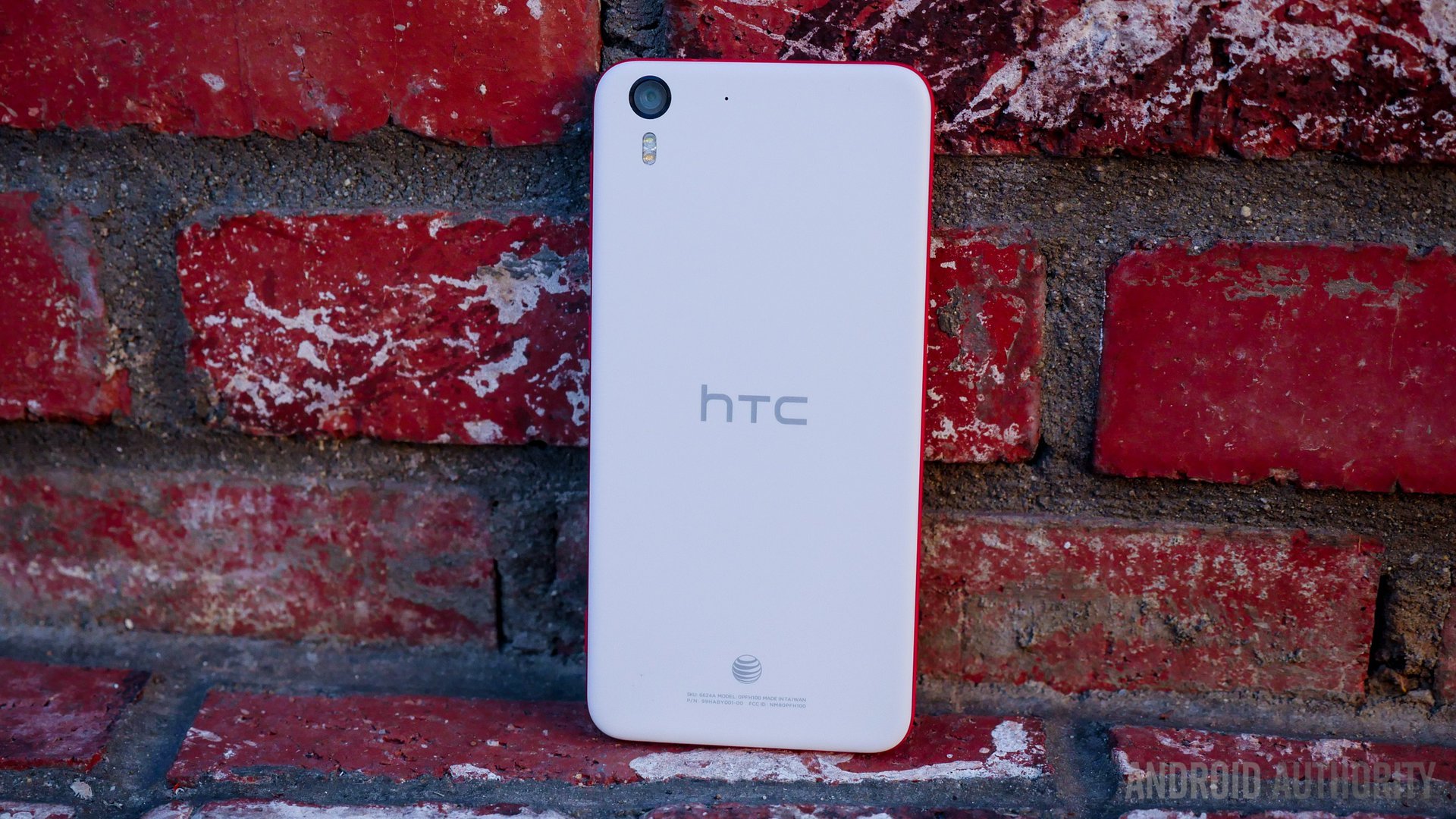
It’s apparent that HTCwants to maintain a consistent design language across its Desire series of smartphones, and there’s no denying that these devices look good. Though the Desire series is technically considered mid-range, or “premium” mid-range as HTClikes to describe it, it certainly doesn’t feel that way when it comes to build quality. The plastic construction feels sturdy and the device is plenty heavy, allowing for a premium look and feel.
A new dual color motif is the calling card of the current crop of Desire smartphones, and that makes its way to the Desire Eye as well. Since this review unit is the AT&T version, the carrier orange and white colors are what you get in this case. This will be the version that will commonly be available in the US, but a blue and gray edition was also showcased at the launch event.
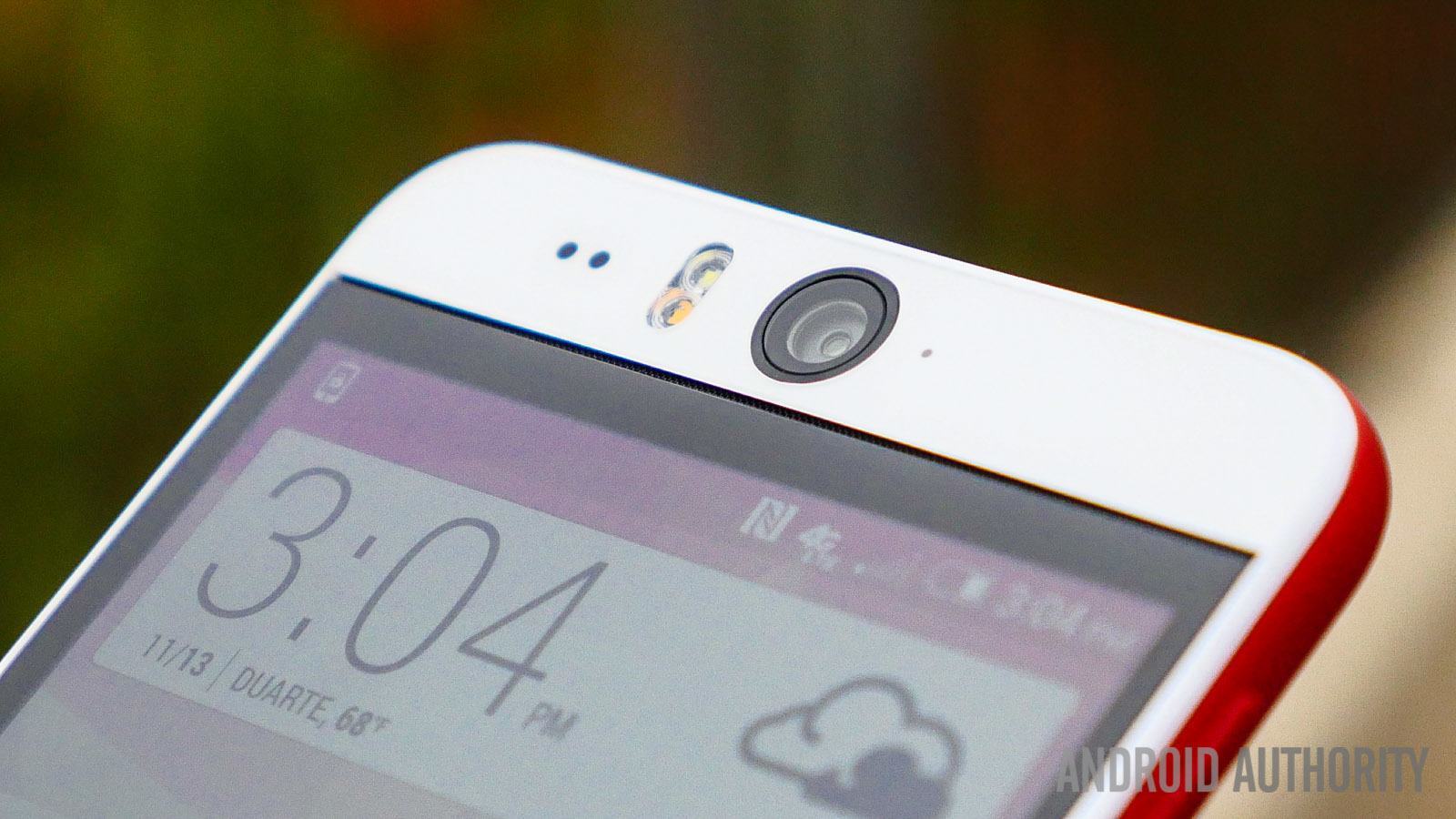
HTC’s signature BoomSound speakers are also available with the Desire Eye, this time almost ingeniously tucked between the screen and the bezels at the top and bottom, to make way for the front camera setup. All the buttons are found on the right side of the device, including a dedicated camera shutter button. These buttons are made from the same plastic material and can be quite squishy, which is a let down, especially with regards to the camera shutter button which you will end up using often. The 13 MP camera units with a dual LED flash on the front and back adorn identical positions up top. It is certainly odd to see this optical package above the display, but does justify the “Eye” moniker of this smartphone.
The shape of the phone is best described as simplistic, but effective. Subtle curves around the sides and corners add to the attractive aesthetic, and with an accessible 5.2-inch display, the handling experience is one of the best you’ll get with any smartphone. Since HTClikes to keep their devices narrow, grip isn’t an issue, and the smooth plastic keeps things from getting smudgy, while allowing safe feel in the hand. The best part of course is the fact that the Desire Eye is waterproof.
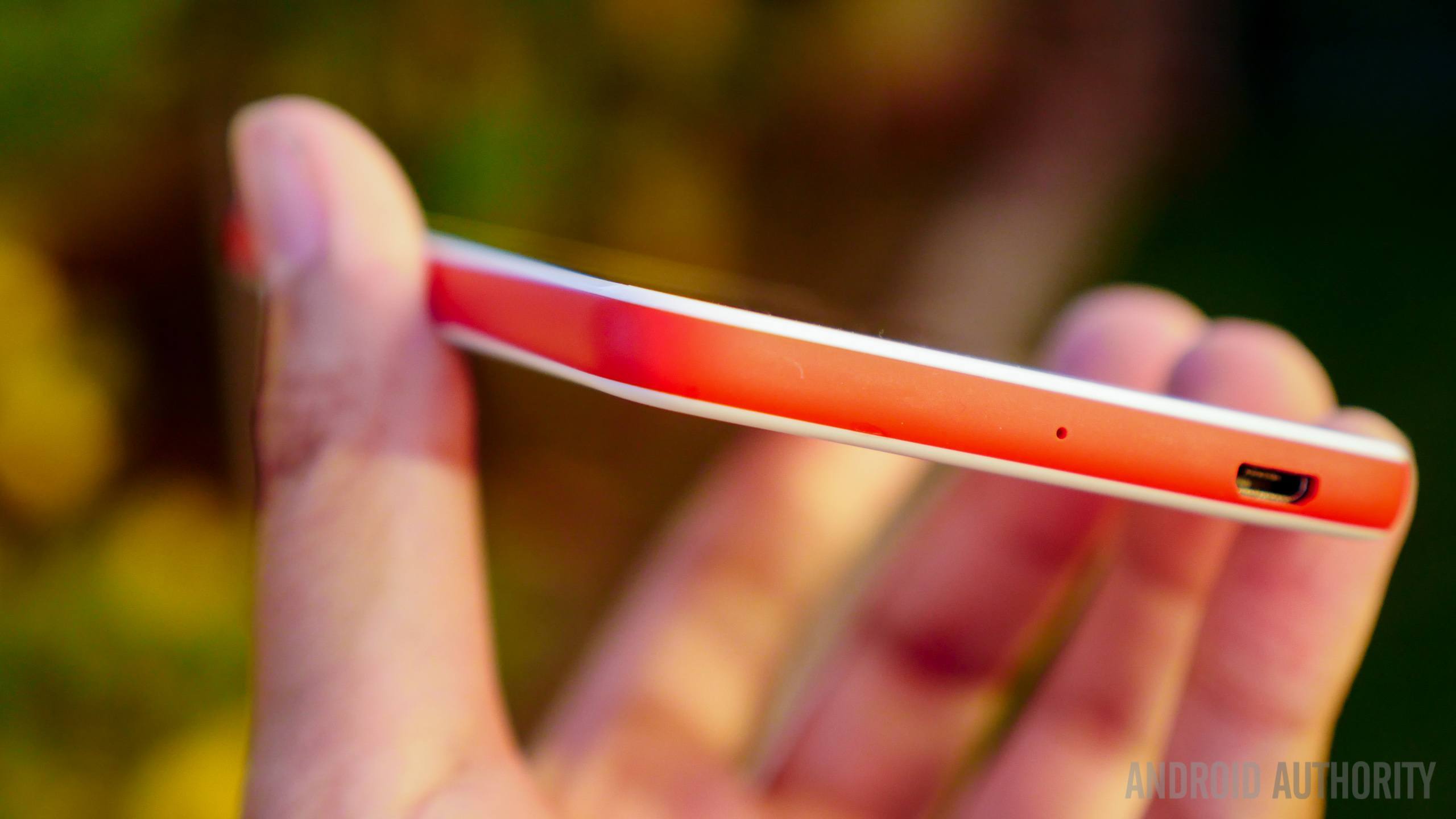
It almost makes you wonder why other device manufacturers don’t experiment much with the looks of their phones, like the Desire Eye does with colors, even while returning to a more classical shape. HTConce again knocks it out of the park in the design department with the Desire Eye, creating a phone that looks and feels great.
The HTCDesire Eye features a 5.2-inch IPS LCD display with a 1080p resolution, resulting in a pixel density of 424 ppi. This display size keeps the device from getting big, which might be better choice compared to its earlier brethren, the Desire 820.
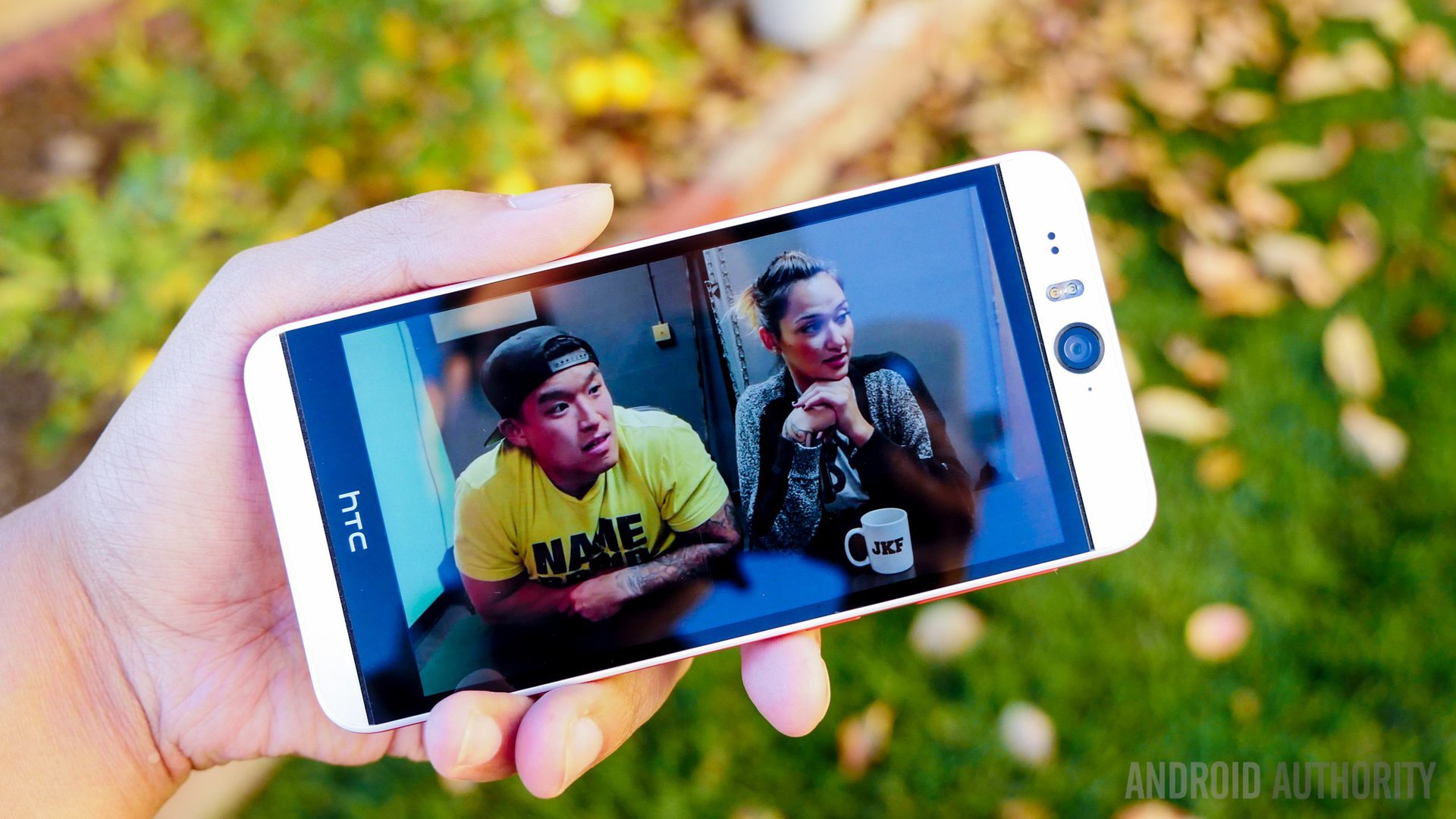
Quad HD may be the future, but these specifications allow for plenty of sharpness, with the IPS LCD display bringing the great brightness and viewing angles it is known for. This display is a good performer even in direct sunlight, and HTC’s penchant for darker interface elements works well on this screen that solidly handles contrast.
Watching movies or playing games on this display will be an enjoyable experience, though the front-facing BoomSound speakers do deserve some of the credit in this regard as well.
Despite falling into the mid-range segment of HTC’s smartphone portfolio, the specifications are anything but, with the Desire Eye packing a quad-core Qualcomm Snapdragon 801 processor, clocked at 2.3 GHz, along with the Adreno 330 GPU and 2 GB of RAM. While I didn’t play any extremely processor-intensive games but it should handle most with minimal lag, and the ones I did play went off without a hitch.
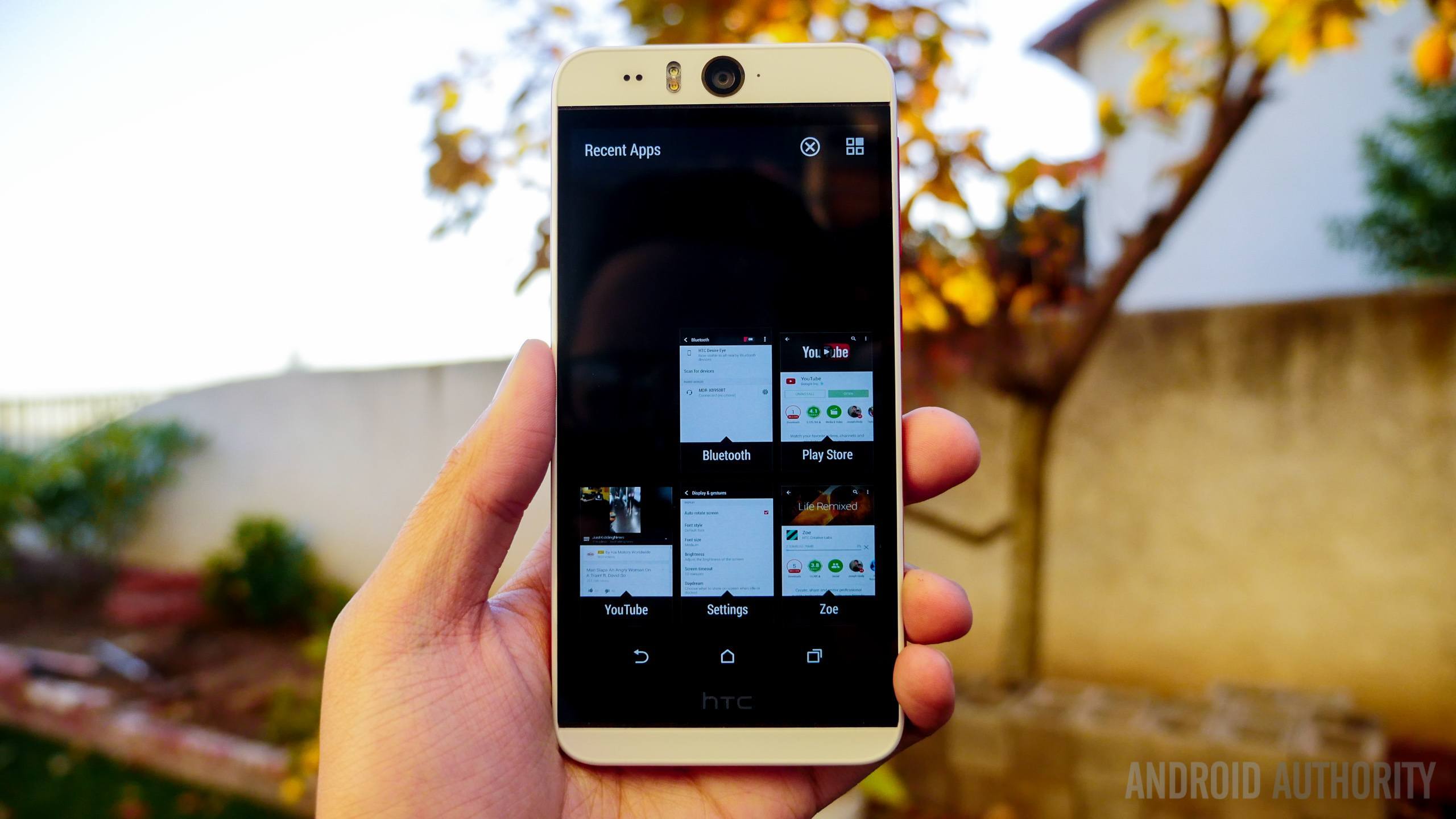
Going around the elements of the user interface is fast and smooth, in part due to the simpler and sleeker current iteration of HTCSense. It may be quite a different take from the classic Android experience, but is still highly accessible and intuitive. The grid design in the Recent Apps screen allows for easy switching between up to nine applications, which should be more than enough to satisfy the multitasking needs of most. As HTChas managed to get right over the last couple of years, their interface keeps things simple, allowing for the Snapdragon 801 to keep things fast.
Discussing the hardware of any current HTCsmartphone always starts of on the same positive note, as it has to do with the front-facing BoomSound speakers. Given the new placement that is almost out of plain sight, HTCcontinues to be a pioneer for a feature that many other OEMs seem to ignore with their own devices. Sound from these speakers is definitely vastly better than any rear or side-mounted speakers you might come across, even if does lack the punch of its flagship sibling, the HTC One (M8).

Call quality is as you would want it to be, with no drops on either end, and little issue with hearing the other party clearly. Of course, the BoomSound speakers also allow for a great experience if you decide to make calls using the speakerphone. Another very useful addition that consumers will appreciate with the HTCDesire Eye is its IP certification for resistance against dust and water, a feature that a lot of flagships, including HTC’s own, could have used.
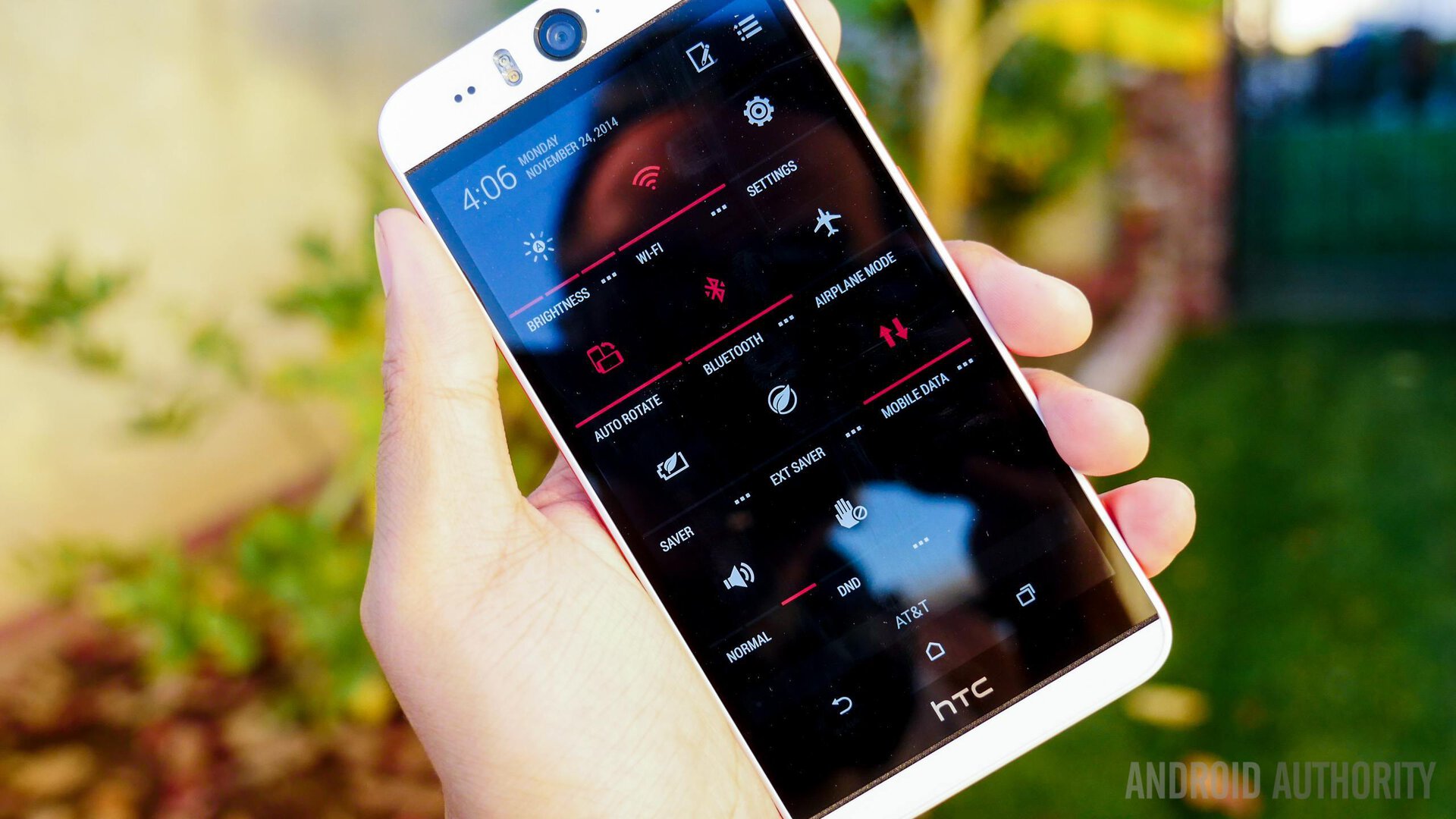
The same sensor suite that helped the HTCOne (M8) in the usability department makes its way over to the Desire Eye, allowing for easy access to the interface via some simple swipes or taps. While it isn’t difficult to trigger these gestures by accident, at least all they open is the just the homescreen, and nothing that could be troublesome. A slew of connectivity options are also available with the Desire Eye, with the AT&T network providing fast and reliable internet.
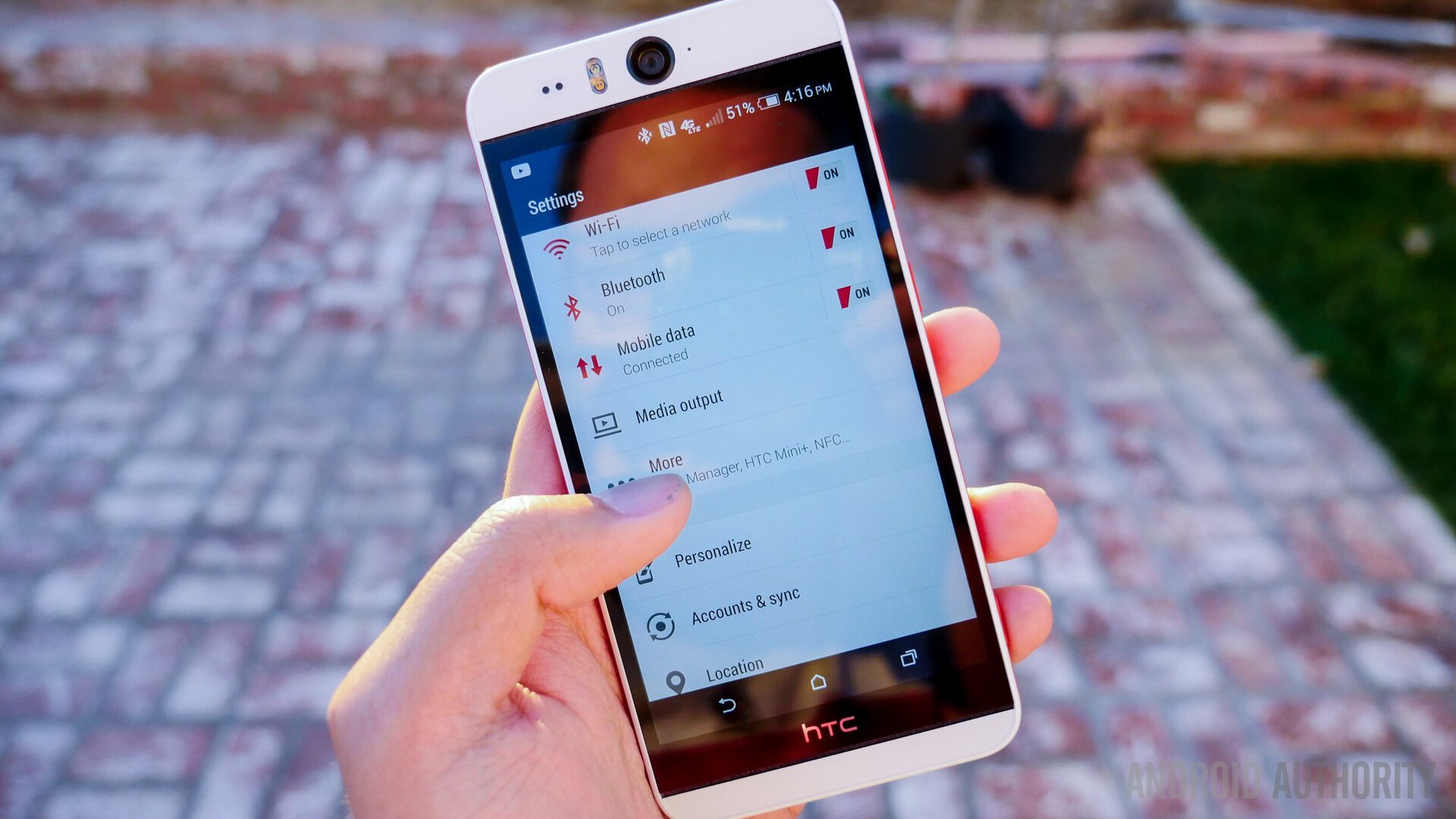
When it comes to the battery, the Desire Eye packs a 2,400 mAh unit, which is a little smaller than what you may expect from a phone of this size and caliber. Thankfully, you still get at least a full day’s worth of use out of the device, with a lot of different power saving features allowing you to push the battery to life to close to two full days. Of course, that does involve using the super power saving mode, that strips the phone usage down to only the bare essentials. As is the trend nowadays, the Desire Eye also comes with some form of fast charging, that lets you get back up to half of that battery life with just a half hour of charge. It is certainly a nice feature to have, that increasingly seems to be becoming the norm.
Of course, the big story with the HTCDesire Eye is with regards to its camera experience. It’s also not only about the 13 MP front-facing shooter, but the software and sharing experience that HTChas added to its bag of tricks.
Holding down the physical camera button can activate the application, which is a nice shortcut to have, but ultimately ended up being the only time I used the button. As mentioned before, the button is simply too squishy to be used to its full potential. While the soft press halfway down to gain focus isn’t too bad, pressing down hard to trigger the shutter almost always makes the hand shake, resulting in a blurry photo. Unfortunately, using this button ended up being more of a frustrating experience that it should have been.
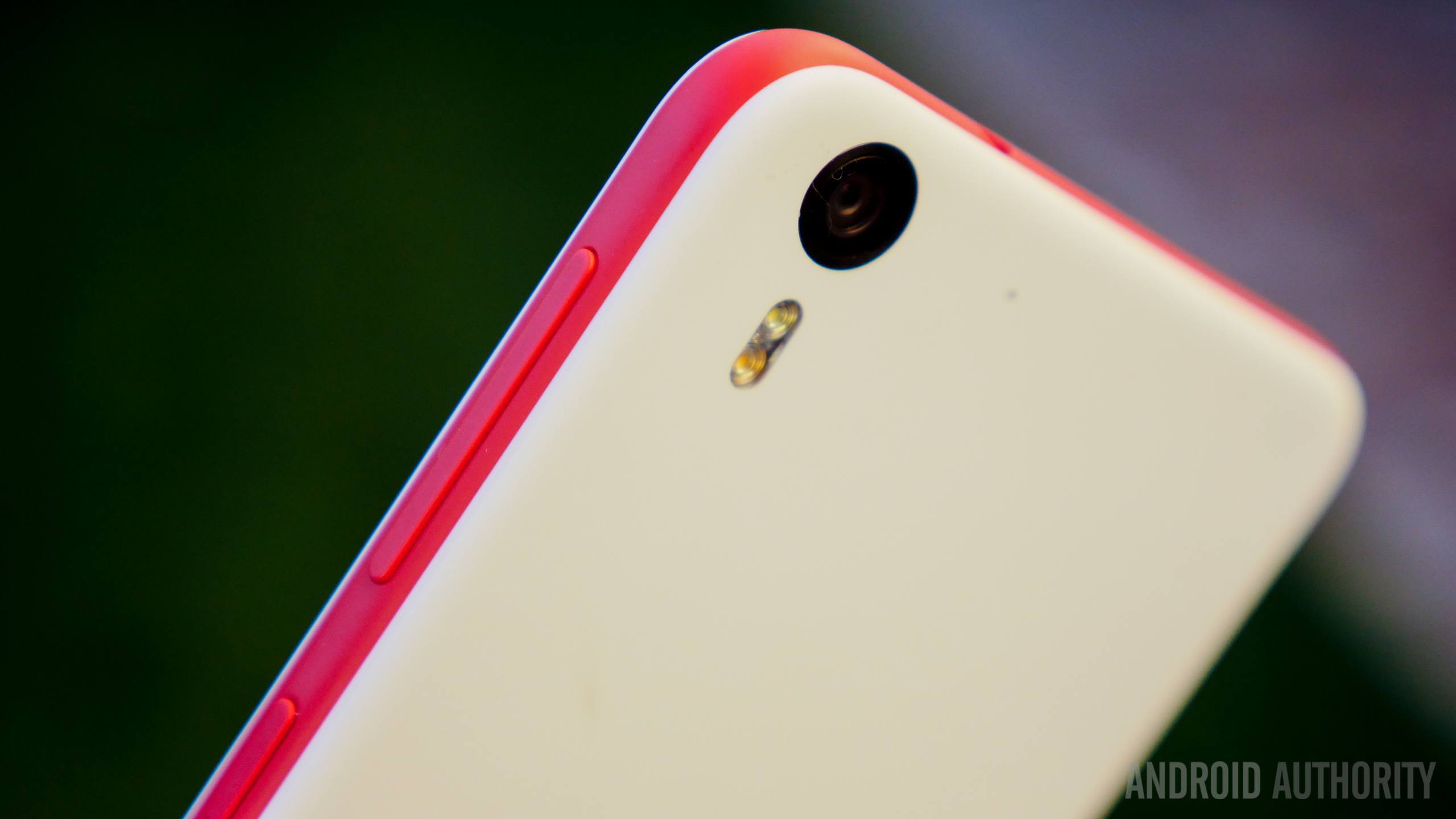
One of the touted features of the Desire Eye is the ability to shoot using both cameras simultaneously, but using any of the relevant modes seemed to be too much for the phone to handle. I found it hard to get a uniform exposure, and sometimes even focus, on both sides, with only side getting it right most of the time.
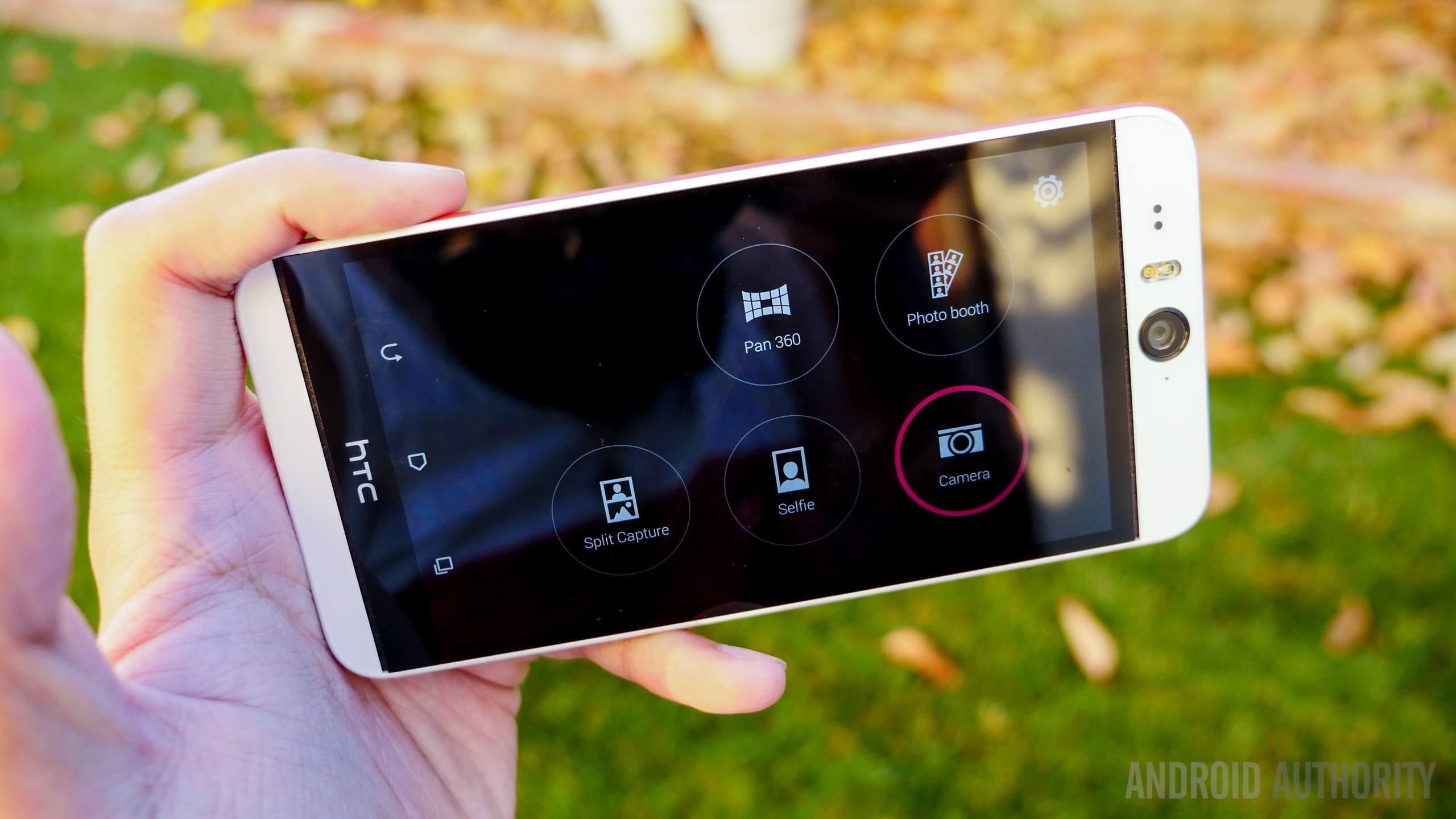
The camera application itself is easy to navigate, which HTCveterans should be familiar with. Simply swiping from the very sides of the viewfinder changes the modes, and the button shows the various ways of using the camera, including the split capture and the Photo Booth feature, that is sure to please social media users. Split capture is a really nice way of using both cameras in unison, especially in video, where you can be talking in one side of the frame and presenting your surroundings in the other, but as mentioned, this is not without its issues. Photo Booth splits a number of sequential shots, making it easy to make a collage on the fly, and is a mode that will likely be used often by general social media users.
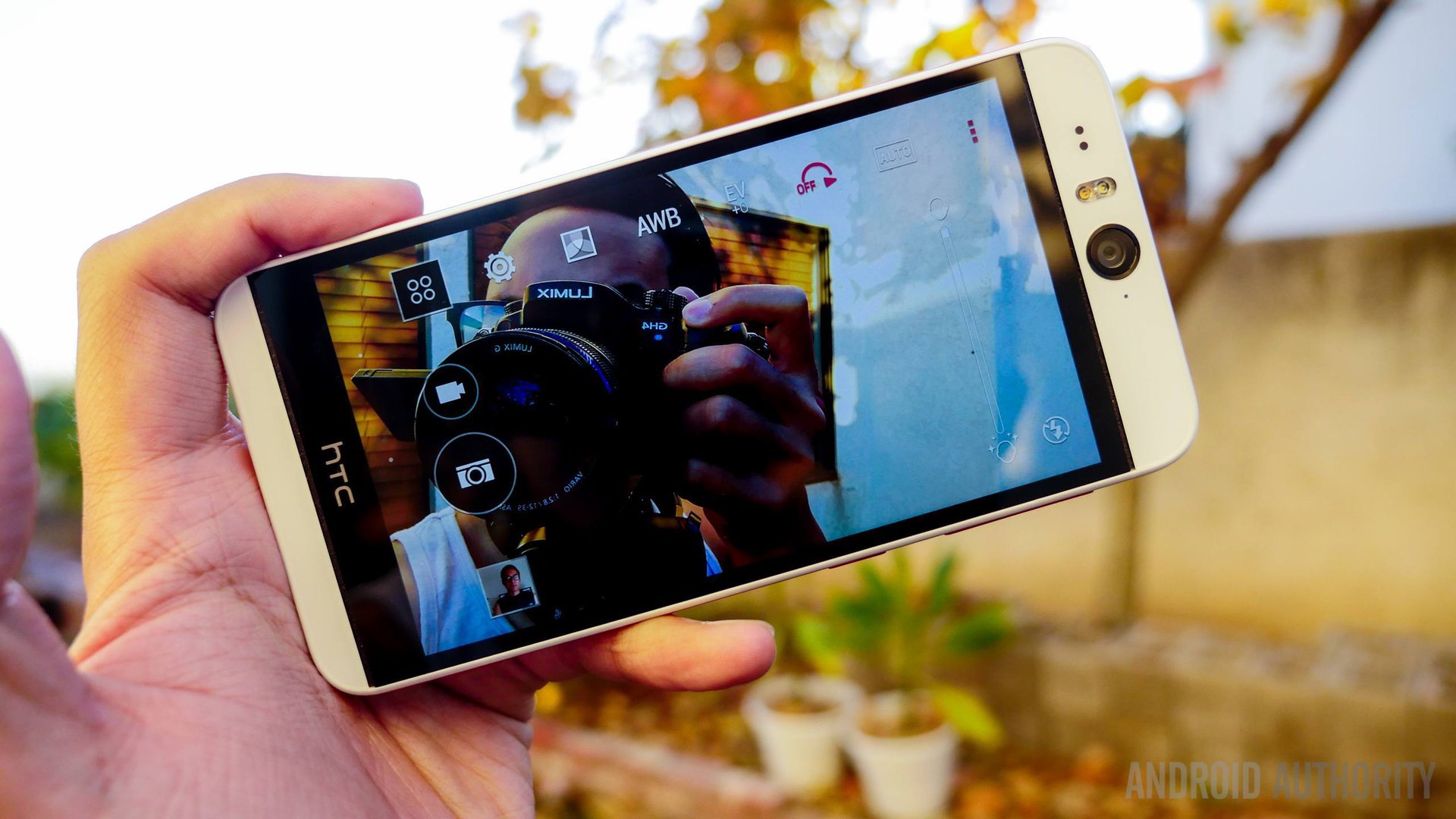
Many modes and manual controls are available, though having to go through the little menu just to activate HDR isn’t an ideal way to access a feature that has become essential for many. Some new ways of capturing photos have been added in, like Auto Capture, which will activate after it detects a smile, or Voice Capture, but neither really changed the game in terms of taking a quick shot. One mode that could prove fun is Crop Me In, that cuts your subject out of one photo and puts it into another one.
Unfortunately, picture quality is hit and miss at best. For a camera setup that is supposed to champion self portraits, it just isn’t practical to use in most situations where you would want to take a picture of yourself. The main issues came up when indoors and in low light, with their being a very distinct fuzz and grain showing up on any pictures that aren’t in broad daylight. While this is somewhat expected, it is still a let down considering the high expectations we had from the Desire Eye.
This was also true for the rear facing camera, and while both cameras benefit from dual LED flashes, their harshness on the subject made for equally unattractive photos. Out in the wild, the cameras fare better, and it is really in those situations that I had a better time, having fun with the extra modes and taking advantage of the HDR in the right environments.
Given everything else that HTChas got right with this phone, it is truly a shame that the camera experience is a little disappointing with the Desire Eye, as it is what this phone is marketed for.
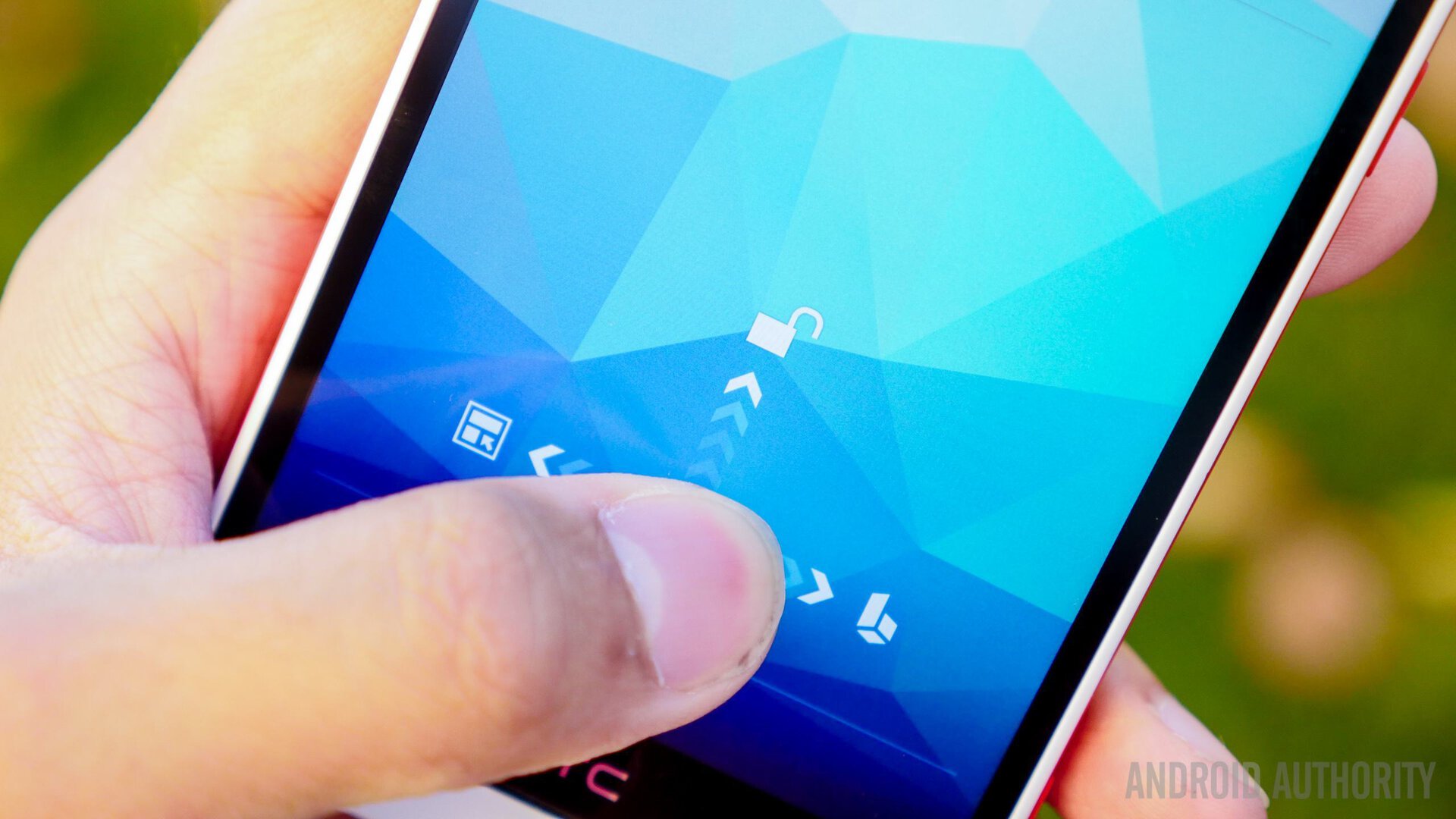
HTC Sense is once again at the helm here, bringing its version of Android complete with BlinkFeed, the second screen news aggregation experience. For anyone that has used Sense in the past, this will feel exactly like it has in more recent iterations. The app drawer is a vertical list, the recent apps screen is a 3×3 grid of your apps, the homescreens are secondary to the BlinkFeed and vice versa, and the overall operating system takes on HTC’s typical dark motif.
It’s not hard to get around the elements of the UI, making it one of the more easily accessible versions of Android that I would recommend to new users. Colors take on a very important role in this newer version of the OS, providing cues for where you are in the system, like BlinkFeed or the Gallery. Many of these elements are customizable in a Themes section, though the changes don’t do much to detract from the general aesthetic.
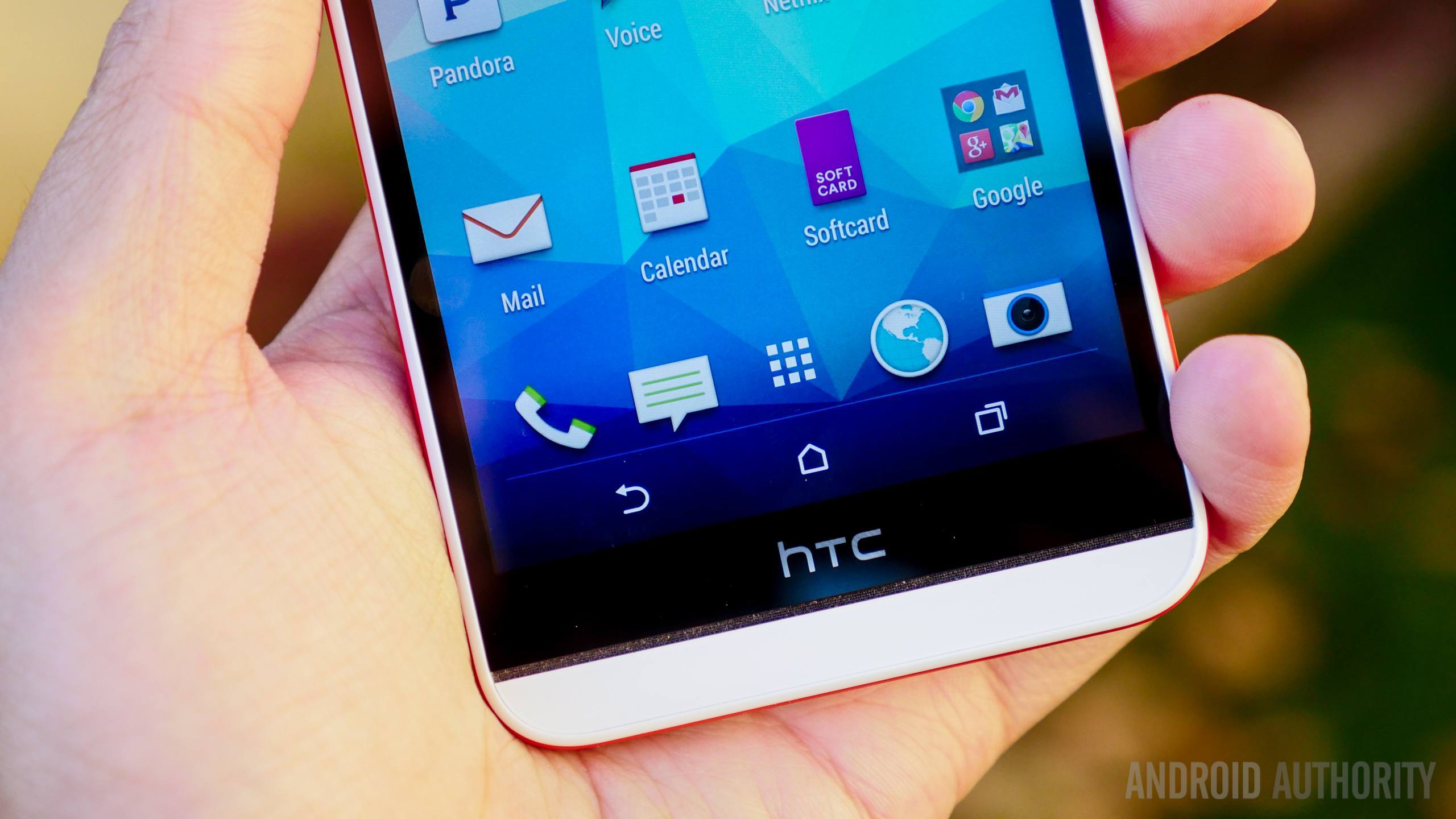
HTC’s built-in applications also go a long way in making the experience more unique. Blinkfeed is still one of the best second screen experiences available on Android, showing a grid of news stories or social media feeds that are easy on the eyes and full of customization options. In the case of the Gallery, pictures and videos are bundled together in a number of ways, the most useful of which probably being by date. You can also easily trigger the available photo editing tools, or even create a nice highlight Zoe reel of your memories of the day. When it comes to Zoes, the Zoe app is now fully available, and is a place for you to share your custom made memories with the masses, though my only gripe with it is the lack of users currently on that ecosystem.
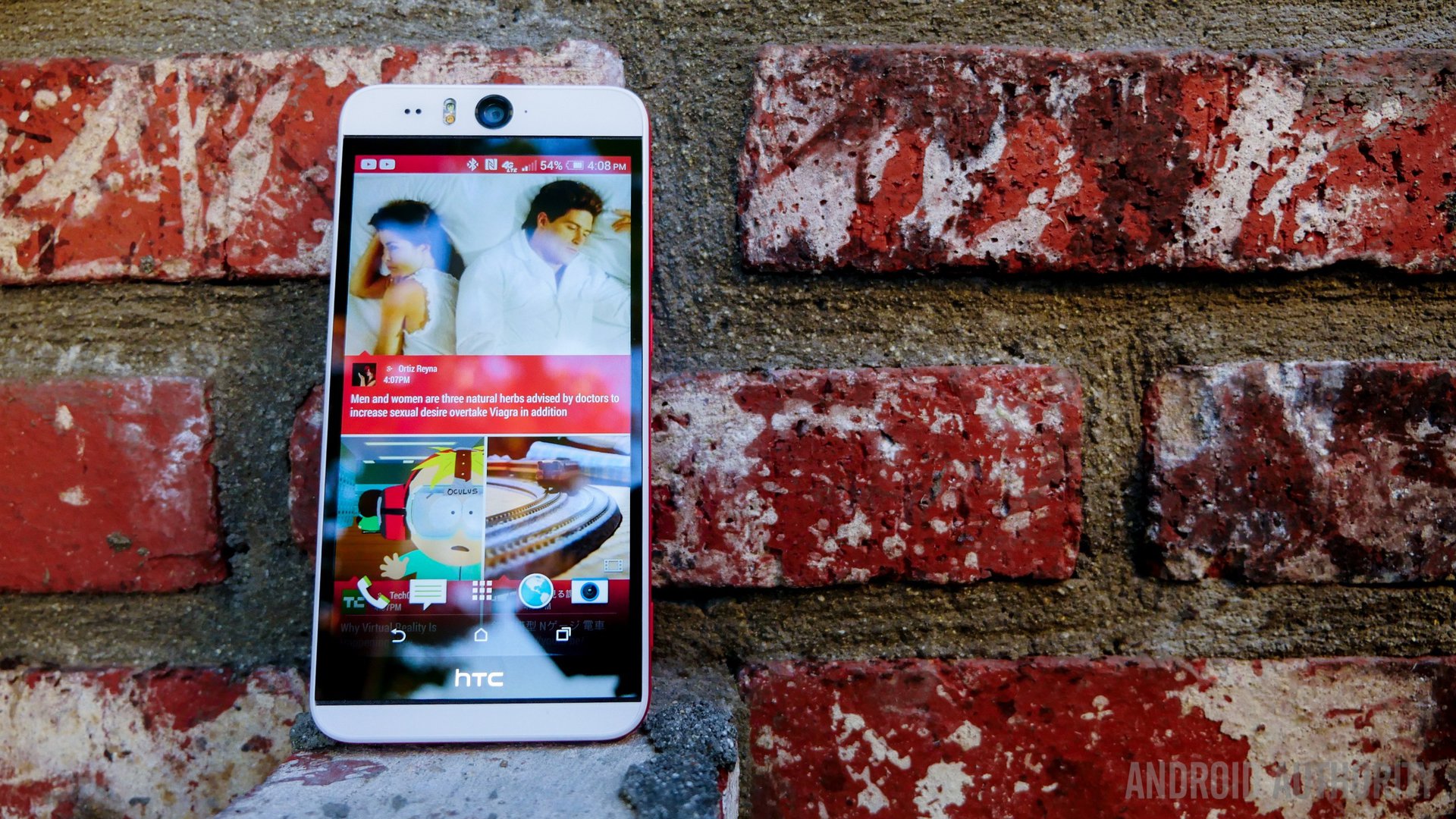
Sense has matured a lot since its original iterations, and proves to be one of the better versions of Android available now. HTChas a user interface that can easily be put on any of their devices, be it their flagship offerings, or mid-range smartphones like the Desire Eye.
The HTCDesire Eye is currently available in the US from AT&T and off-contract full price of the phone is $549. While there are plenty of mid-range offerings that provide much of the same experiences, none have the dual powerful camera setup of the Desire Eye, even if this differentiating factor is a bit of letdown.
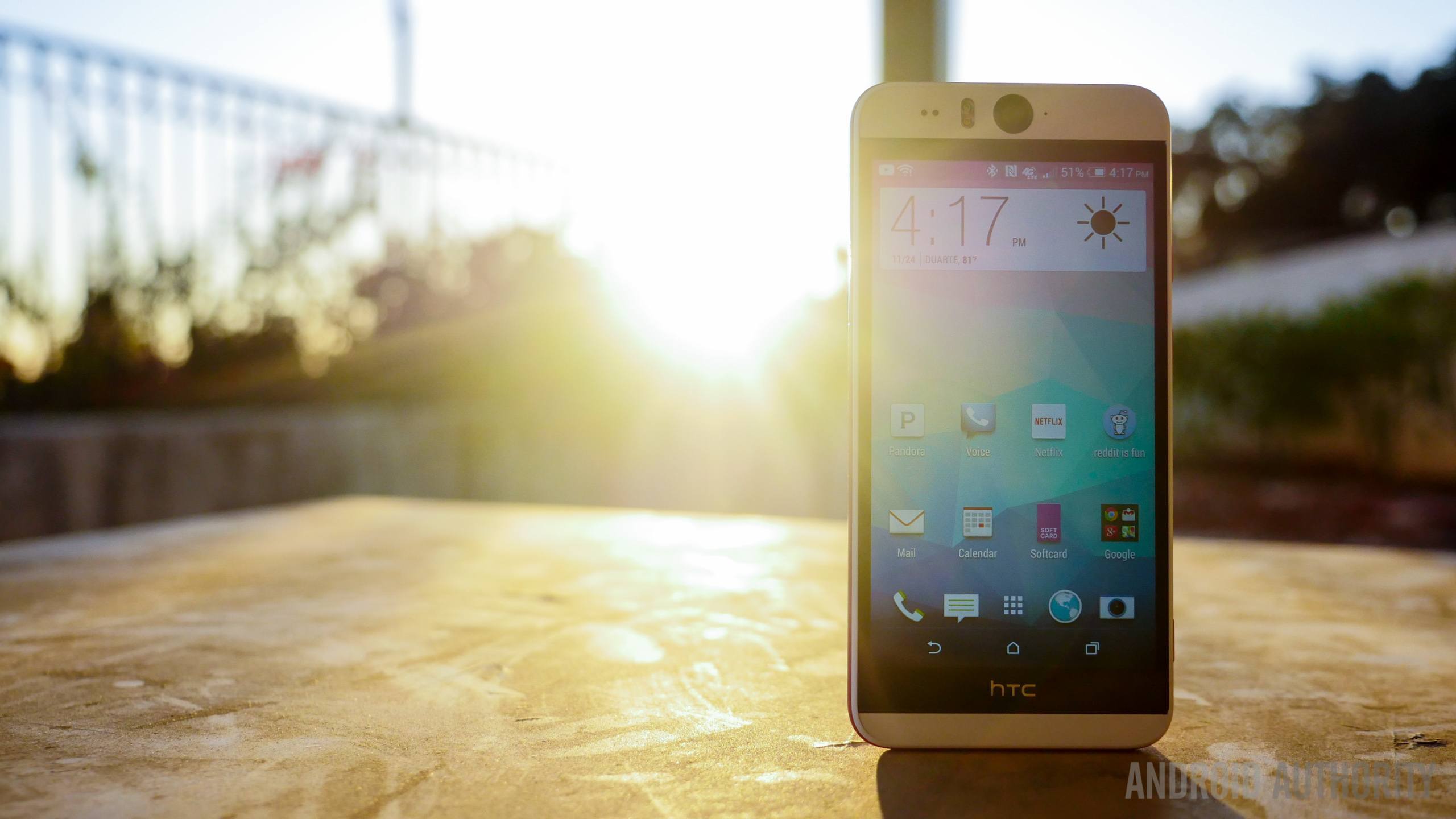
So there you have it – a closer look at the HTCDesire Eye! This smartphone is HTC’s first take on a common problem of front-facing cameras simply not being as powerful as rear facing iterations. HTCbelieves that they need to be for our self-portrait obsessed generation, and the Desire Eye does succeed in some regards. While some fun and useful modes to take advantage of its front facing optics are available, their picture quality just isn’t a step forward, in a situation where we hoped it would be a lot more.
Looking at the rest of the phone though, the Desire Eye is a very compelling package of attractive design, great specifications, resistance to the elements, and Boomsound speakers that could make many flagships flinch. Unfortunately, this disparity in quality, especially considering what this phone was supposed to be able to do, is ultimately its Achilles heel.
Next: HTC Desire Eye Cases